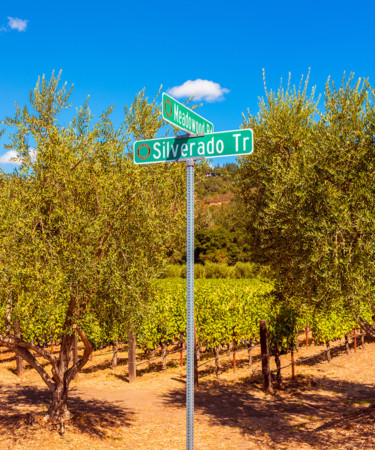Here at VinePair, we’re suckers for wine and history. As we’ve said before, one of our favorite reasons for collecting and aging wine isn’t just to see how it transforms over the years, but also because each bottle is a time capsule that takes us back to memories made in the year the wine was bottled. Wine has such a dynamic pull on people because with every sip we can be transported somewhere else. And it’s not just through a bottle that we can revisit history, it’s also via the historic places where the wine was made!
With this is mind, we decided to pay a visit to The National Registry of Historic Places and see what incredible places we could find in two of America’s most famous wine regions, Napa and Sonoma. As two regions truly responsible for putting American wine on the map, we figured there had to be some pretty cool and impressive historical places to visit in both regions, and we were not disappointed!
The Oldest Commercial Winery In California
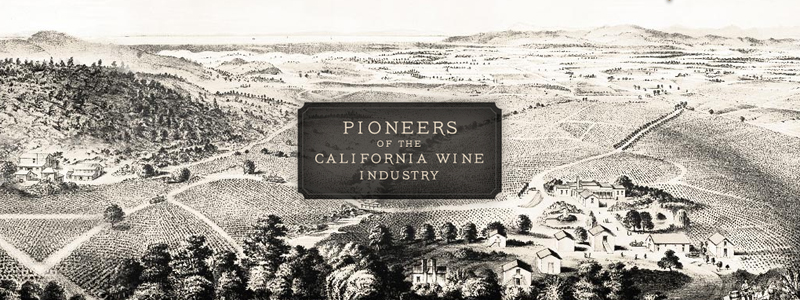
Founded by Agoston Haraszthy in 1857, Buena Vista Winery in Sonoma was built by Haraszthy in his attempt to successfully grow grapes in the U.S. Haraszthy had originally immigrated to the U.S. from Hungary and settled in Wisconsin, where he successfully introduced hops to the region – making him a father of the U.S. beer industry as well – but he was unsuccessful there with growing grapes. In order to fulfill his passion for wine, he decided to migrate to California where he heard the climate was more suitable, and it is there in Sonoma that he founded the historic winery that is still in operation today. If you visit you can not only taste the wine, but also tour a reconstruction of the historic Haraszthy Villa where the first Harvest Ball was held in 1864.
The Oldest Continuously Operating Winery In Napa
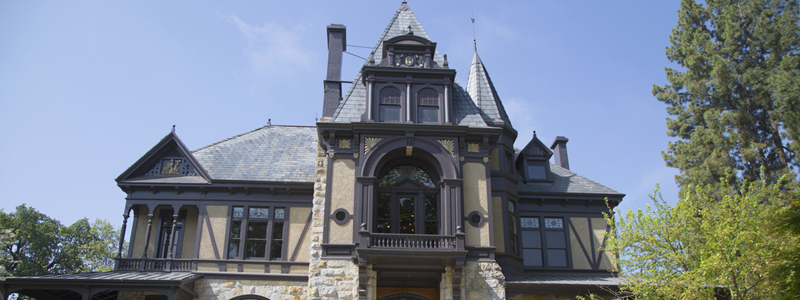
Chances are you’ve had a Beringer wine. At this point, the brand is monstrous, with varying levels of price and quality offerings, but that wasn’t always the case. Originally a family owned and run winery, the estate is also known for being the first winery to reopen to the public after Prohibition. In 1971 the family sold out to Nestle and thus began the brand’s epic rise. It’s changed ownership several times since then, but the historic estate has stayed the same, and is worth a visit, simply to check out the house alone.
A Mad Scientist’s Laboratory
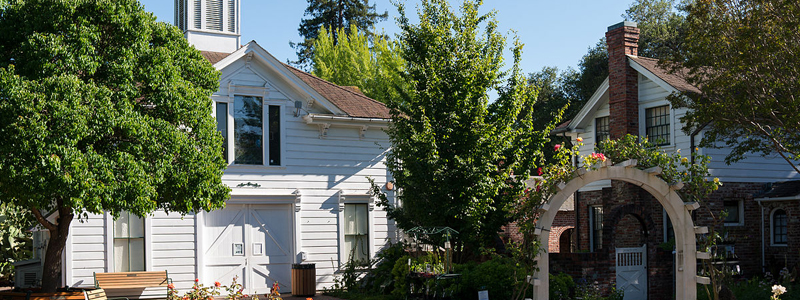
Ok, so Luther Burbank wasn’t really a “mad” scientist, but he is responsible for helping to pioneer American agricultural science, which is pretty cool. Plus, if you’ve ever eaten a McDonalds French fry, and let’s be honest, who hasn’t, you’ve eaten the Burbank Russett, which he created, so we’re also talking about a guy with whom at least your taste buds are intimately familiar. In his career Burbank developed over 800 strains of new plants, including four new species of grapes and he did all of his experimentation at his farm in Sonoma, which you can still visit. After all that tasting of wine, it’s nice to get a sense of the experimentation that also went in to helping create it.
A Napa Winery That Was Given New Life By A Twentieth Century Pioneer
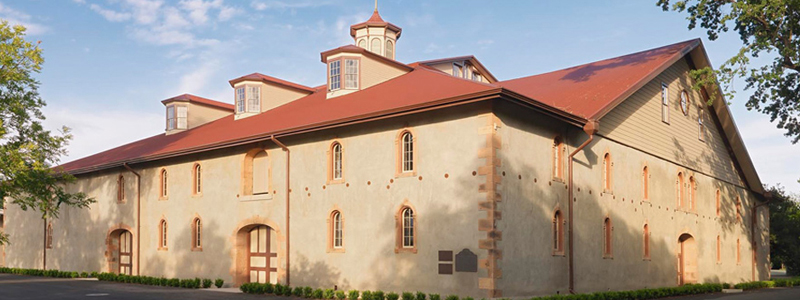
Charles Krug moved from Prussia to California in 1847 with the desire to enter the wine business. After his arrival, he served as an apprentice of Agoston Haraszthy before moving to the next valley over and establishing his own vineyard in Napa. Known as an innovator, Krug gained acclaim for introducing several new winemaking techniques to California, but sadly, following his death, the winery was sold and soon after it became inoperable. In 1943, new Napa innovator Robert Mondavi persuaded his parents to buy the vineyard for a price tag only $75,000. (The winery is now owned by his brother Peter.) The rest is history.
